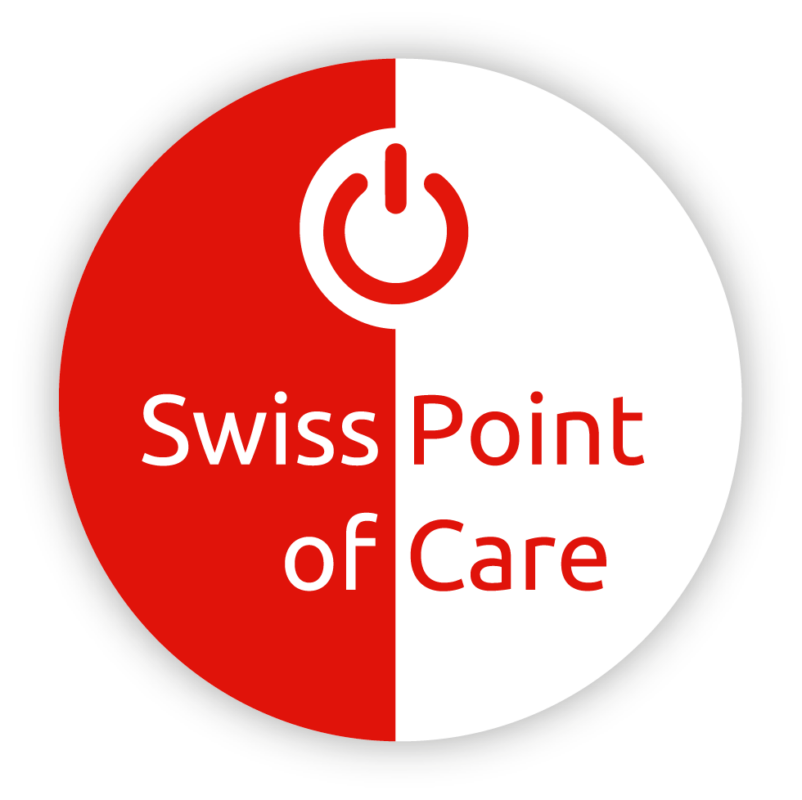Cholesterol
What is cholesterol?
Cholesterol is a fatty substance that occurs in our body in small balls. The body uses cholesterol as a building material for body cells and hormones. Most cholesterol is produced in the liver. Only a very small part comes from our food. Normally the body produces exactly enough cholesterol. Under all kinds of circumstances this can get out of balance. Too high a cholesterol that oxidizes can be harmful.
Why is Cholesterol needed?
Cholesterol is important for our body to function properly. Cholesterol is a building block of our cells and is therefore needed everywhere in the body. Cholesterol is produced by the liver. To get to the right place it is transported through the bloodstream.
Cholesterol is in all body cells. Did you know that 50% of the cell wall (cell membrane) consists of cholesterol? That is 20% of the cell membrane weight.
And did you know that 25% of all cholesterol is in your brain? Cholesterol prevents the cell wall from becoming permeable. And thus cholesterol also protects the brain by forming a barrier against ions.
This essential building block is made in the liver. So for cell repair and cell renewal. Cholesterol is also a building block (precursor) for our hormones such as progesterone, estrogen, cortisol, testosterone … and Vitamin D.
Good and bad cholesterol
There is a layer of protein around the small balls of cholesterol. This layer ensures that the cholesterol can be transported through the blood. The 2 most important protein-cholesterol particles are LDL and HDL. LDL is called bad cholesterol and HDL good
But is there such a thing as good and bad cholesterol? Why should our bodies make something that is not good that is not necessary?
LDL the bad cholesterol?
LDL (low density lipoprotein) carries cholesterol from the liver to the rest of the body. It’s just the transport cart. LDL is therefore very important. But LDL can easily oxidize under the influence of sugars. LDL connections can attach to the inner wall of blood vessels. That’s why it’s called bad cholesterol.
They stick to damage to the vessel walls (endothelium). These damages are a direct consequence of our smoking lifestyle, sugars, stress, high blood pressure or old age. As a result, the blood vessels slowly clog up and the blood can flow more and more through it. This is known as atherosclerosis. A high LDL that oxidizes promotes the development of arteriosclerosis.
HDL the good cholesterol
HDL (high density lipoprotein) ensures the transport of cholesterol from the vessel wall to the liver. The liver then ensures that the cholesterol leaves the body through the stool. The higher the HDL cholesterol, the better the removal of excess cholesterol to the liver. It is therefore called good cholesterol.
Triglycerides
In addition to cholesterol, blood fat is also present in the form of triglycerides. The fats in the diet mainly exist in the form of triglycerides. An increase in the level of triglycerides in the blood occurs shortly after every meal. Triglycerides are normally also rapidly absorbed from the blood again. Then the level in the blood drops again.
The lower the triglyceride content, the better. An increased triglyceride content also contributes to the development of atherosclerosis. But it is not such a clear risk factor as LDL cholesterol. Healthy eating can often help to lower triglyceride levels.
Measuring is knowing
As you can read, cholesterol levels provide insight into how healthy you are. It is therefore wise to measure this on a regular basis. The best way to do this is with the Mission 3-in-1 Cholesterol meter, The only meter in the market that measures all values with one strip. Because only the total cholesterol doesn’t say much.
It is easy, fast and above all very accurate, so you do not have to make an appointment with the doctor or pharmacy.
I have high cholesterol, and now?
If you find out that you have too high cholesterol through measuring or through your doctor, it is important to do something about it. It is often prescribed to take cholesterol lowers. Unfortunately, this only addresses the symptom, but not the cause.
Cholesterol as you could read is a building material and helps repair damaged cell walls. Those cell walls can be damaged by inflammation, and that is precisely what you want to tackle.
But how do you do that? Healthy eating and more exercise help very well with this, but you can certainly find your way in supplementation. Taking Krill Omega-3 and Good for heart, among other things – Polyphine grape extract helps to thin the blood and help to tackle the inflammation (damage) of the vascular wall so that the vessels become supple and elastic again.
The result of this can sometimes be delayed, since the supplements have to build up in the body, but you usually have to notice something after 1.5 months to 2 months. You often notice that in more energy and endurance.
Information sources: Hartstichting, Prof. Dr. ir. Paul Huigenholtz, Medical File, Framingham Study, B. Nordemann

